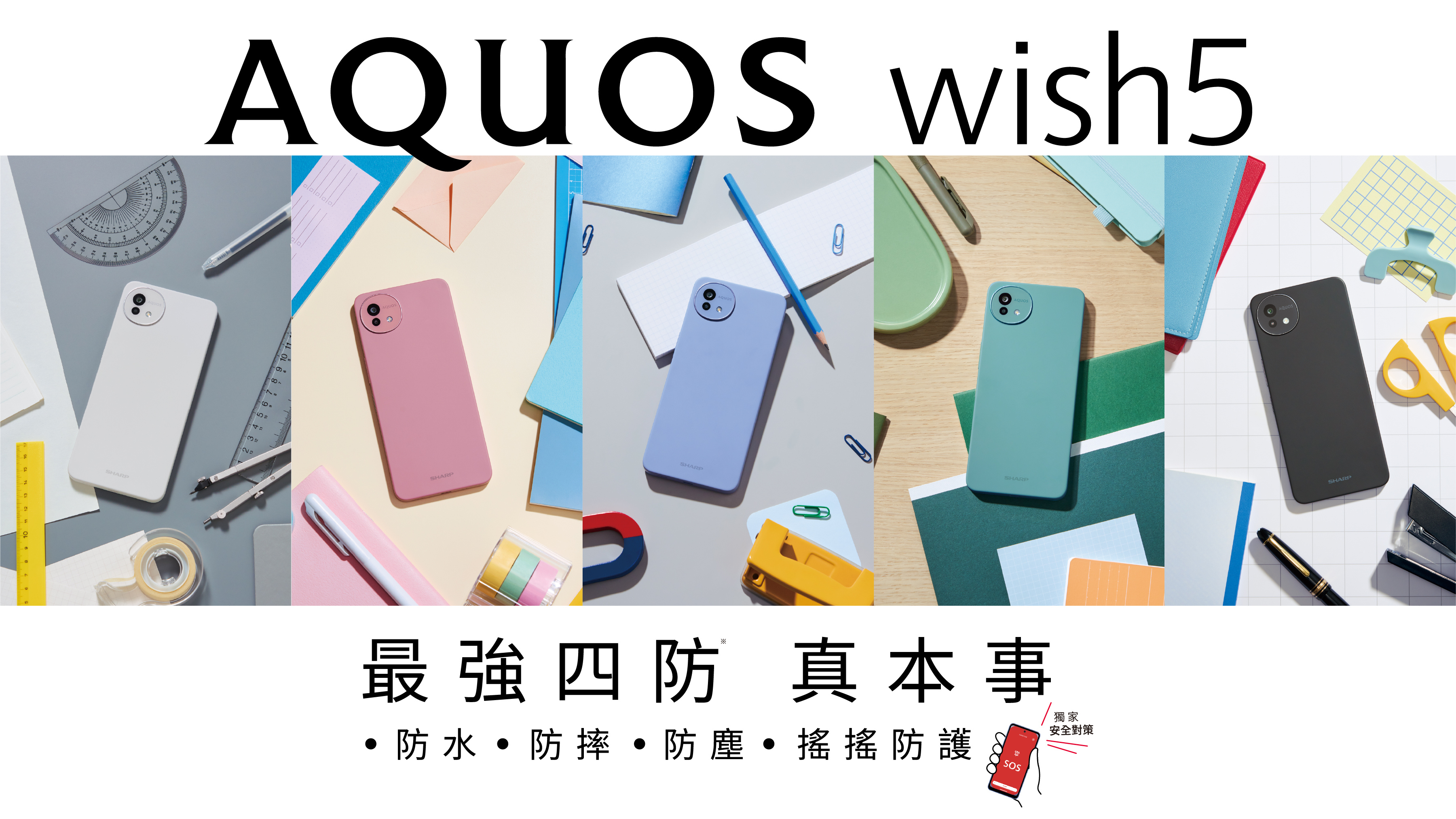- Charts vs. Graphs
- Graphs rely on X-axis and Y-axis to make data sense
- Charts use meaningful words as X-axis, not number
- Organization matters
- Always organize data from highest to lowest or from lowest to highest
- If your Y-axis lists month or year, keep it, because you have organized your data by time order.
- Colors matter
- What looks good for the design
- What matches a brand
- How they subconsciously impact a viewer
- If making each bar on bar chart have one color, that seems each bar has different meanings.
- Use dark color as the filler
- Good example : |==============
- Bad example : |==============
- Complex vs Simple:
- Not to use creative ways to present graphs, that will make audience difficult to understand, even worse, change its meaning entirely
- Keep scales consistent
- If all graphs are put in one page, for example, if the bar standing for 42% is longer than 55%, it is confusing.
- Also size matters, bigger size charts will quickly attract people's attentions.
- When and how to use a pie chart
- 90% of time, pie chart is the best way to visualize the percentage, portion of a whole
- If the percentage is the comparison result, ex: 33% better than/increase, 15% worse than/decrease, using pie charts will mislead people.
- People are used to read the pie charts clockwise, so sorting the data from 12 o'clock.
- When and how to use a bar graph
- Bar graphs are used to translate groups by categories or time.
- Organize your data increaingly or decreasingly to make your audieces quickly get the conclusion.
- For time, it is important to keep your data in chronological order
- Don't combine data with different scales in one chart, because that will confuse the message
- Avoid to use bar charts to represent percentage
- When and how to use a line graph
- Better than a bar chart to represent time, because a line chart can provide the trend line
- Even, you can put different data with the same scale in one line chart to see the trend lines to provide the whole picture
- Avoid showing the categories as the x-axis
- When and how to use a quantagram
- Quantagram : The use of multiple, identical pictograms to depict a number
- People often use it to represent a great amount of number, that is use numbers and descriptions to explain your graphs
- Or people don't know how to express their graphs
- DO :
- Use a quantagram to show a number of under 100
- Use a quantagram IF there is a universal pictogram that best represents the information
- Use a quantagram if you have been using the same chart or graph repeatedly and need to change the visual to keep a viewer engaged
- DON'T
- Use a quantagram to show a number over 100
- Use a quantagram to show a complicated idea
- Use a quantagram just because they're popular
- When and how to use typography
- Easy
- Use typography when
- A number is greater than 100
- It's not a percentage
- It stands alone from any other data
- http://losttype.com
- Charts and graphs to avoid
- Not all charts or graphs are created in equal
- The size doesn't match the result, ex: 25% has a bigger pie, 75% has a smaller pie.
- The pie size should be represented in the correct ratio to 100%, ex : 25% should be 1/4 size of 100%, 50% should be half ... etc.
- People often use different sizes and types to show different percentage, that is confusing.
- Avoid to fill in the percentage into a non-uniform shape: overfunction
- Avoid drawing complex charts or graphs, make you charts or graphs simple and natural
- Why context matters
- Consider your target to choose your charts
- Three questions to ask
- Who is your target audience?
- Is there a "wow" factor in the data?
- Why am I showing this data?
- Making data relatable
- Comparing to another example which is easy to understand
- Ex : the money you spent to smoke everyday can afford your 3 meals plus two bubble tea in one day
How to Master Data Visualization. A few rules of thumb for designing with… | by Lucy Todd | Modus (medium.com)



 留言列表
留言列表


